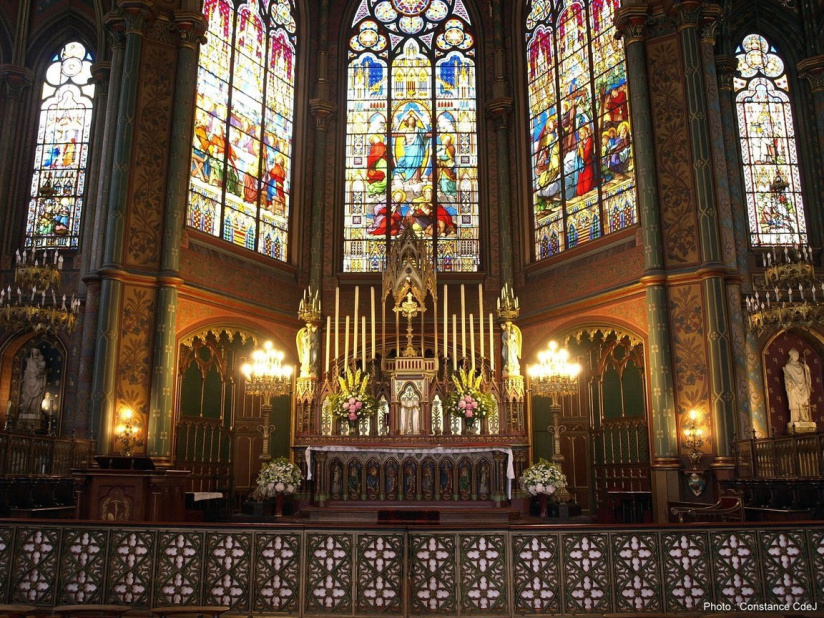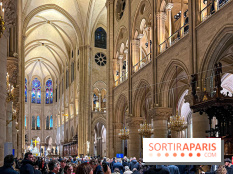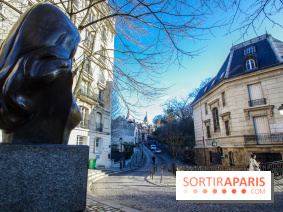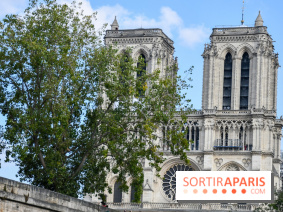TheEglise Saint-Eugène Sainte-Cécile is a little gem. It was named after both Saint-Eugène and Sainte-Cécile, patron saint of musicians, in a nod to the nearby Paris Conservatoire.
The church was built with extraordinary speed between 1854 and 1856. It took just 20 months to erect this beautiful edifice in place of the former Hôtel des Menus-Plaisirs. It has to be said that the church was built by architect Louis-Auguste Boileau in a rather unusual way for its time: it was, in fact, the first church to be built with a metal frame rather than a stone one! Iron was fashionable at the time, and its use saved considerable time and money - as well as ensuring the building's solidity.
Yet, from the outside, theChurch of Saint-Eugène Sainte-Cécile doesn't look like much: rather sober decoration, no sculptures, no bell tower... But it's inside that everything happens. As soon as you step inside, you discover a very elaborate and colorful interior. The walls and slender cast-iron columns are entirely painted, as are the star-spangled vaults. Everywhere, magnificent stained glass windows (48 of them!), fine and richly colored.
Don't miss the organ, built for the 1850Universal Exhibition, and especially the choir and its glass roof, breathtaking in their beauty. TheEglise Saint-Eugène Sainte-Cécile is, without doubt, the hidden little sister of the Sainte-Chapelle!
For the record, in 1857, Jules Verne married Honorine Viane in this church, whose metal structure is reminiscent of the inventions in his books. Could it have inspired her?
Classified as a historic monument in 1983, theEglise Saint-Eugène Sainte-Cécile is undoubtedly one of the most beautiful churches in Paris. A must-see in the 9th arrondissement!
Location
Church of Saint-Eugène Sainte-Cécile
4 Rue du Conservatoire
75009 Paris 9
Prices
Free
Official website
saint-eugene.net



















